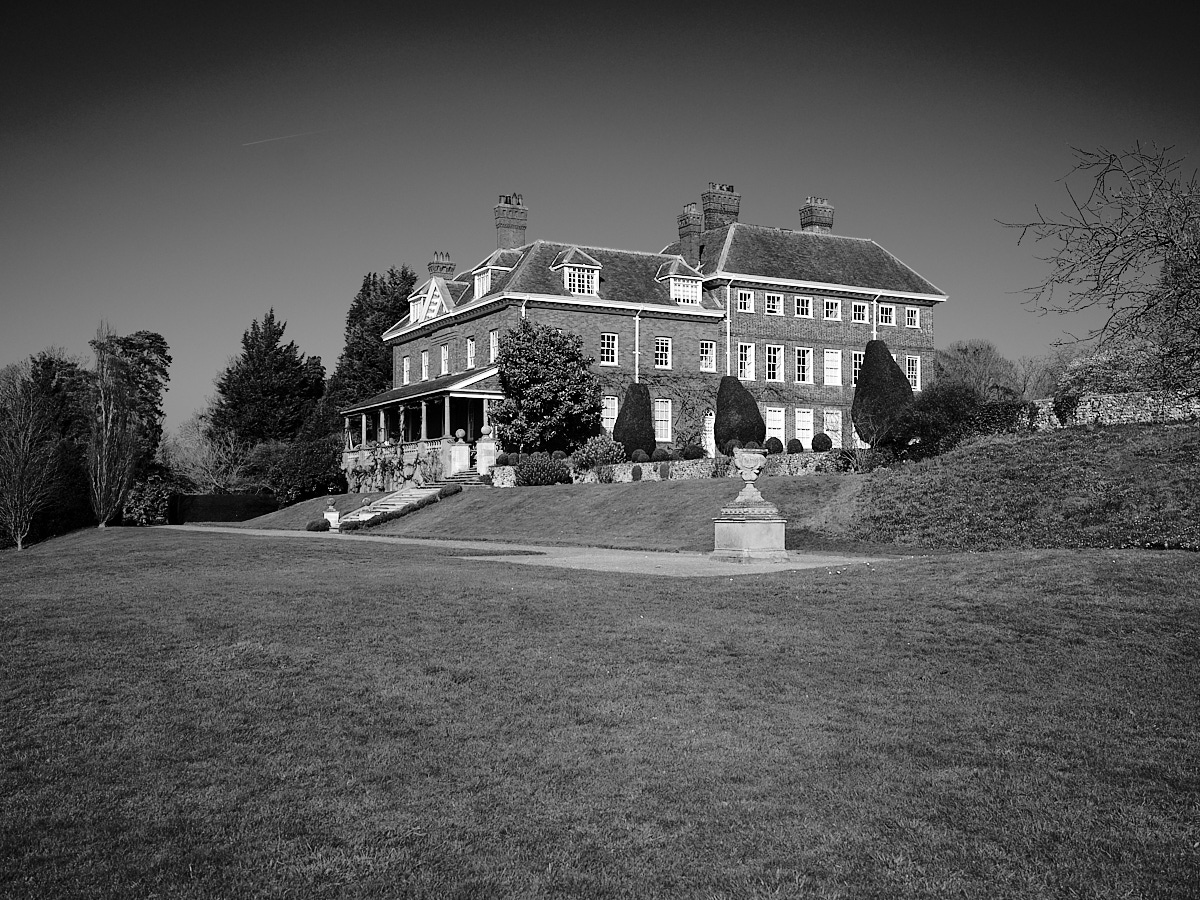
Black and White Conversion using Capture One Pro
Capture One Pro has one of the best (if not the best) B&W conversion options of any software application to date. Here we give you a mini-sampler of its capabilities.
Black and white images are probably most authentic and compelling when the original image was conceived with the idea of it being in mono. Typically that means it was originally composed without strong colour influences, but that’s not necessarily so. Take the image above as an example, it was one of a series captured with the 50MP Fujifilm GFX-50R and the 45mm F2.8, equivalent to a FF 35mm, and it works well either in colour or B&W. So how do you go about creating a convincing conversion?
If you’re a Capture One Pro user you already own one of the most (and
One Comment
Pingback: